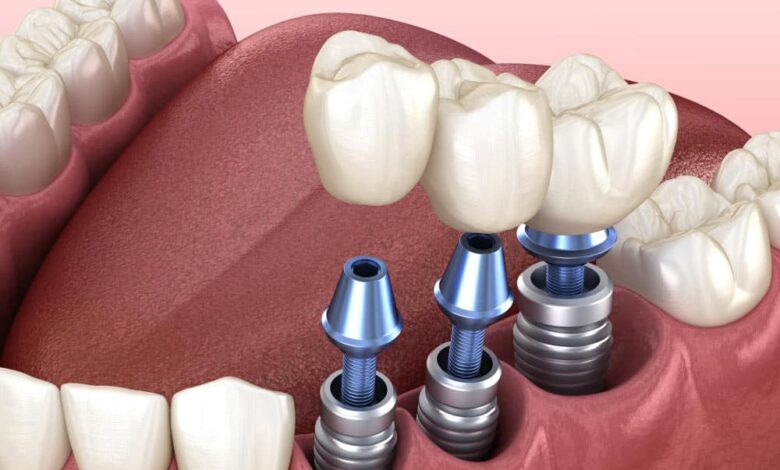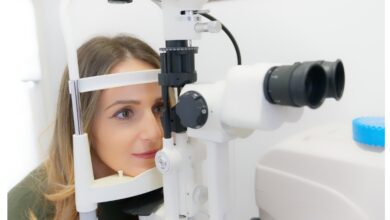Innovations in Dental Implants: What You Need to Know

Dental implants have revolutionized the field of dentistry, offering a reliable solution for missing teeth. Over the years, advancements in technology and materials have led to significant innovations in the design, functionality, and success rates of dental implants. Whether you’re considering implants or are simply curious about the latest developments, understanding these innovations can be highly beneficial.
The Evolution of Dental Implants
Dental implants have come a long way from their inception in the 1950s. Initially, implants were made from titanium, a material chosen for its biocompatibility and strength. While titanium continues to be a popular choice, recent innovations have expanded the materials used to include zirconia, known for its aesthetic appeal and hypoallergenic properties.
3D Printing and Customization
One of the most significant advancements in dental implant technology is the use of 3D printing. This technology allows for precise customization of implants to fit the unique anatomical structure of each patient. By using 3D imaging and printing, dental professionals can create highly accurate models, reducing the risk of errors during surgery and improving the overall success rate of the implants.
Nano-Technology Coatings
The application of nano-technology coatings on dental implants has shown promising results in enhancing the integration process with the jawbone. These coatings improve osseointegration by promoting faster bone growth around the implant, resulting in a more stable and durable attachment. Nano-technology also helps reduce the risk of infection, making implants safer for patients.
Digital Implant Dentistry
The integration of digital technology into dental practices has transformed implant procedures. From digital X-rays to computer-aided design (CAD) and computer-aided manufacturing (CAM), dentists can plan and execute implant surgeries with unprecedented precision. This digital approach minimizes invasive procedures and shortens recovery time for patients.
Immediate Load Implants
Traditionally, patients had to wait several months for the implant to integrate with the jawbone before a crown could be placed. However, the advent of immediate load implants has changed this timeline. With this innovation, patients can receive a temporary crown on the same day as the implant placement. This not only improves aesthetics but also enhances the patient’s ability to chew and speak immediately post-surgery.
Smart Implants
Smart implants are at the forefront of dental innovation, incorporating sensors that monitor the health and stability of the implant. These sensors can provide real-time data on factors like temperature, pressure, and movement, allowing dentists to detect potential issues early and take preventive measures. This proactive approach ensures the longevity of the implant and the health of the surrounding tissues.
Conclusion
The future of dental implants is bright, with ongoing research and technological advancements continuously improving their effectiveness and patient satisfaction. For those considering dental implants, understanding these innovations can help in making informed decisions. If you’re located in Texas and are looking for expert care, consider exploring Dental Implants Cypress for top-notch services.
As dental technology continues to evolve, staying informed about the latest innovations can empower patients and dental professionals alike to achieve optimal results in oral health and aesthetics.




